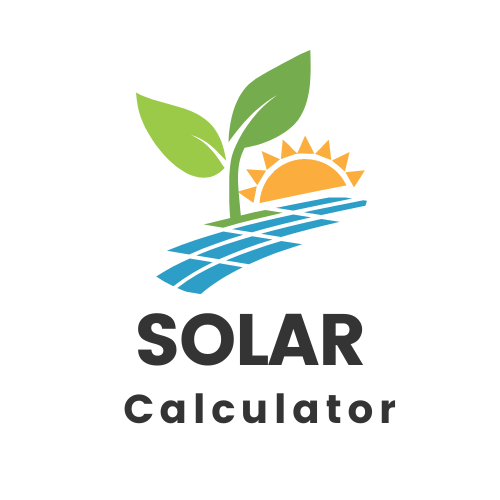In the realm of solar energy systems, the focus is often directed towards the prominent solar panels. Yet, amidst the limelight, there exists a silent, yet vital player, responsible for the seamless conversion of the energy harnessed by your panels into usable electricity: the inverter. In the following discussion, we will delve into the indispensable role played by inverters within solar systems, explore the various types at your disposal, and provide guidance on selecting the most suitable one to meet your unique requirements.
The Unsung Hero: Inverters
Inverters serve as the often-overlooked champions of solar energy systems. Their crucial role involves the transformation of the direct current (DC) electricity produced by solar panels into the alternating current (AC) electricity that fuels our households and appliances. Put simply, inverters play a pivotal role in converting the sun’s raw energy into a form that meets your everyday energy demands.
Types of Inverters
Before we discuss how to choose the right inverter, it’s essential to understand the different types available. There are three primary types:
- String Inverters: These are the most common type of inverter and are often used in residential solar systems. They connect all the solar panels in a string and convert their combined DC electricity to AC. While they are cost-effective, they may be affected by shading issues on a single panel.
- Microinverters: Microinverters are attached to each individual solar panel, converting their DC electricity to AC independently. This setup is more efficient and minimizes the impact of shading. However, it can be more expensive than string inverters.
- Hybrid Inverters: Hybrid inverters are designed for systems that incorporate energy storage, like batteries. They can manage both the solar panels and the batteries, making them a suitable choice for those looking to store excess energy.
Factors to Consider
Selecting the right inverter for your solar system is crucial for its performance and longevity. Here are some key factors to consider:
- System Size: The type and capacity of the inverter you require are directly influenced by the size of your solar system. It is essential to confirm that the inverter you choose is capable of accommodating the maximum capacity of your solar panels.
- Efficiency: Different inverters have varying levels of efficiency. A more efficient inverter will convert a higher percentage of the solar energy into electricity, reducing energy loss in the conversion process.
- Shading and Environmental Conditions: If your location is prone to shading or experiences extreme temperatures, consider an inverter that can handle these conditions. Microinverters are more suitable for shaded areas, while some string inverters come with advanced shading management features.
- Warranty: Check the warranty offered by the inverter manufacturer. It should align with the expected lifespan of your solar system, which is typically 25 years. This ensures you have long-term protection in case of any issues.
- Budget: Budget is a substantial factor to take into account. It’s worth noting that microinverters are often associated with higher costs in comparison to string inverters. Therefore, achieving the right balance between your budget and the performance and features you seek is a crucial decision.
- Battery Compatibility: If you plan to incorporate energy storage with batteries, make sure the inverter is compatible with your chosen battery system.
- Remote Monitoring: Many modern inverters offer remote monitoring capabilities, allowing you to keep track of your system’s performance through a mobile app or website. This can be a valuable feature for maintaining and optimizing your system.
The Selection Process
Now that you understand the importance of inverters and the key factors to consider, here’s a step-by-step guide to help you choose the right inverter for your solar system:
- Assess Your System Requirements: Start by assessing your solar panel system’s specifications, including size, location, and expected energy output.
- Research Inverter Types: Understand the pros and cons of string inverters, microinverters, and hybrid inverters. Consider how they align with your system requirements and budget.
- Evaluate Efficiency: Compare the efficiency ratings of different inverters. Higher efficiency means less energy loss during conversion.
- Account for Environmental Factors: Take into account any shading issues, extreme weather conditions, or other environmental factors that may impact your solar panels.
-
Check for Compatibility: Verify that the selected inverter is in harmony with your solar panels and any supplementary components, such as batteries.
-
Read User Reviews: Look for user reviews and feedback on the inverter models you’re considering to get insights into their real-world performance.
-
Seek Professional Advice: If you find yourself uncertain about selecting the appropriate inverter for your system, it is advisable to seek guidance from a professional solar installer. These experts can offer specialized advice tailored to your specific requirements and help you make an informed decision.
-
Compare Prices and Warranties: Compare the prices of the inverters that meet your criteria and evaluate the warranties offered by the manufacturers.
-
Make an Informed Decision: Armed with all the information, make an informed decision that balances your budget with the performance and reliability you require.
Conclusion
Inverters are the heart of your solar energy system, and choosing the right one is vital for optimal performance and long-term success. By understanding the different types of inverters, considering essential factors, and following a structured selection process, you can ensure that your solar panels harness the sun’s energy efficiently and reliably. When you choose the right inverter, you’re one step closer to a greener, more sustainable future.

